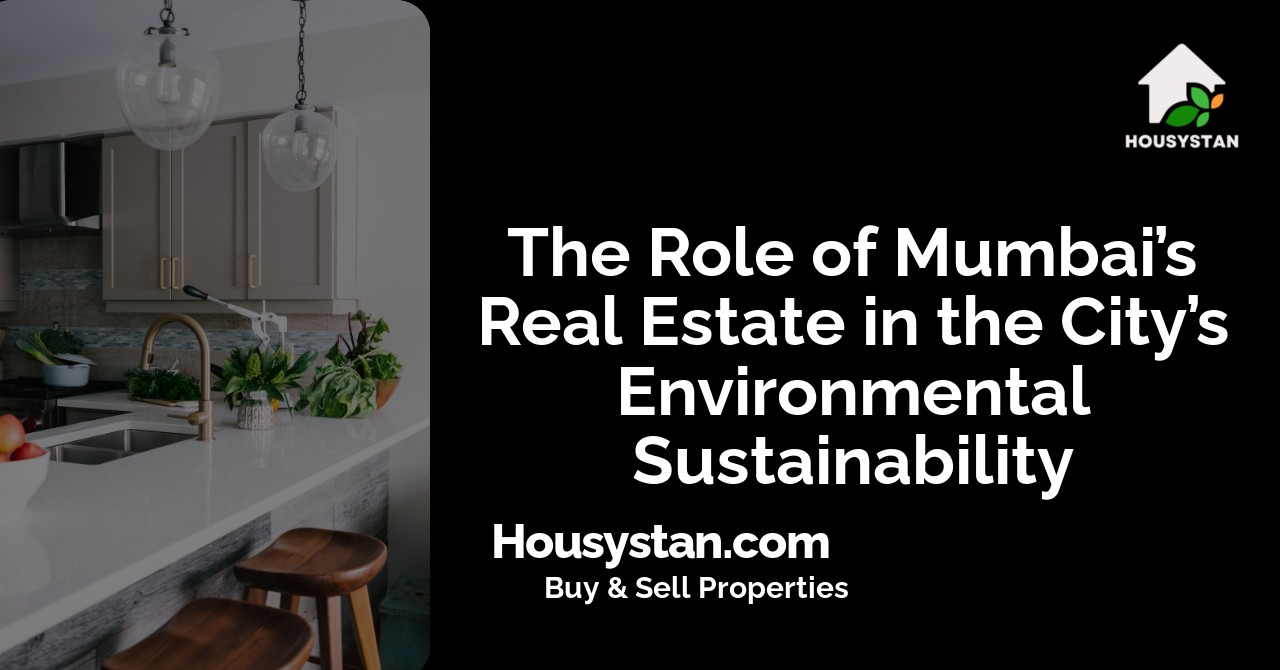The Role of Mumbai’s Real Estate in the City’s Environmental Sustainability
Read latest blogs and articles from Housystan

The Information mentioned here was last updated on:
31/12/2025Understanding the Impact of Mumbai’s Real Estate on Environmental Sustainability
Mumbai, often referred to as the financial capital of India, is witnessing rapid urbanization and infrastructure growth. As the city's population continues to surge, the real estate sector plays a pivotal role in shaping both the urban landscape and the environmental future of this vibrant metropolis. Sustainable development has become a crucial consideration for architects, developers, and policy-makers focusing on Mumbai’s unique challenges and opportunities. With space at a premium and natural resources under strain, the choices made in real estate directly influence the city’s ecological balance.
Eco-friendly construction practices are gaining momentum in Mumbai’s property market. Developers are increasingly adopting green building technologies, such as energy-efficient lighting, rainwater harvesting, solar panels, and use of environmentally responsible materials. These initiatives not only reduce a property’s carbon footprint but also enhance the quality of life for residents. Incorporating green roofs, urban gardens, and water management systems helps conserve resources and mitigate the urban heat island effect that Mumbai often experiences.
- Verified Tenants/Buyers
- Unlimited Property Listing
- Zero subscription/charges fee
Furthermore, the integration of sustainable design in commercial and residential projects has a ripple effect on the city’s overall wellbeing. Certification standards like IGBC and LEED are becoming benchmarks for new developments, signaling a commitment to long-term sustainability. By prioritizing pedestrian-friendly layouts, cycling infrastructure, and proximity to public transport, real estate developers are promoting cleaner mobility and reducing dependency on private vehicles, which in turn lowers pollution levels across Mumbai’s neighborhoods.
The role of Mumbai’s real estate in environmental stewardship extends beyond construction. Ongoing maintenance, waste management, and community engagement are vital for sustaining green initiatives. As more residents and investors demand eco-conscious solutions, the market is responding with innovative, environmentally responsible properties that align with global best practices. By embracing these trends, Mumbai’s real estate sector not only supports the city’s growth but also safeguards its environment, ensuring a healthier, more resilient urban future for generations to come.